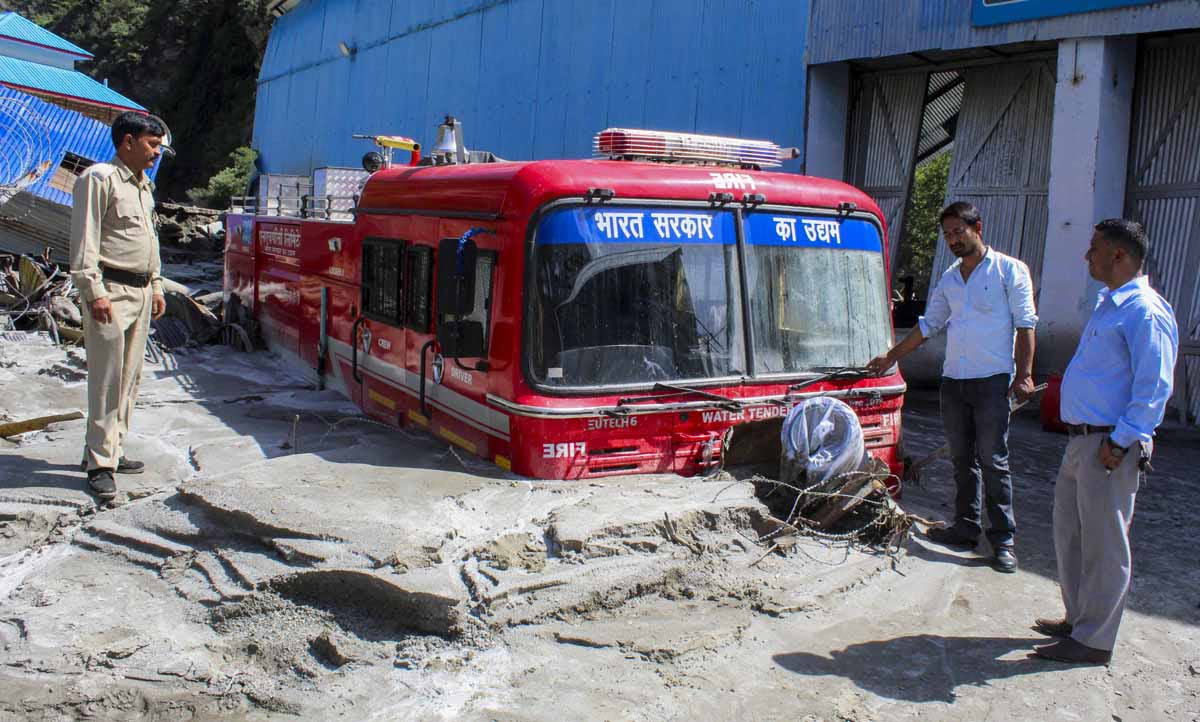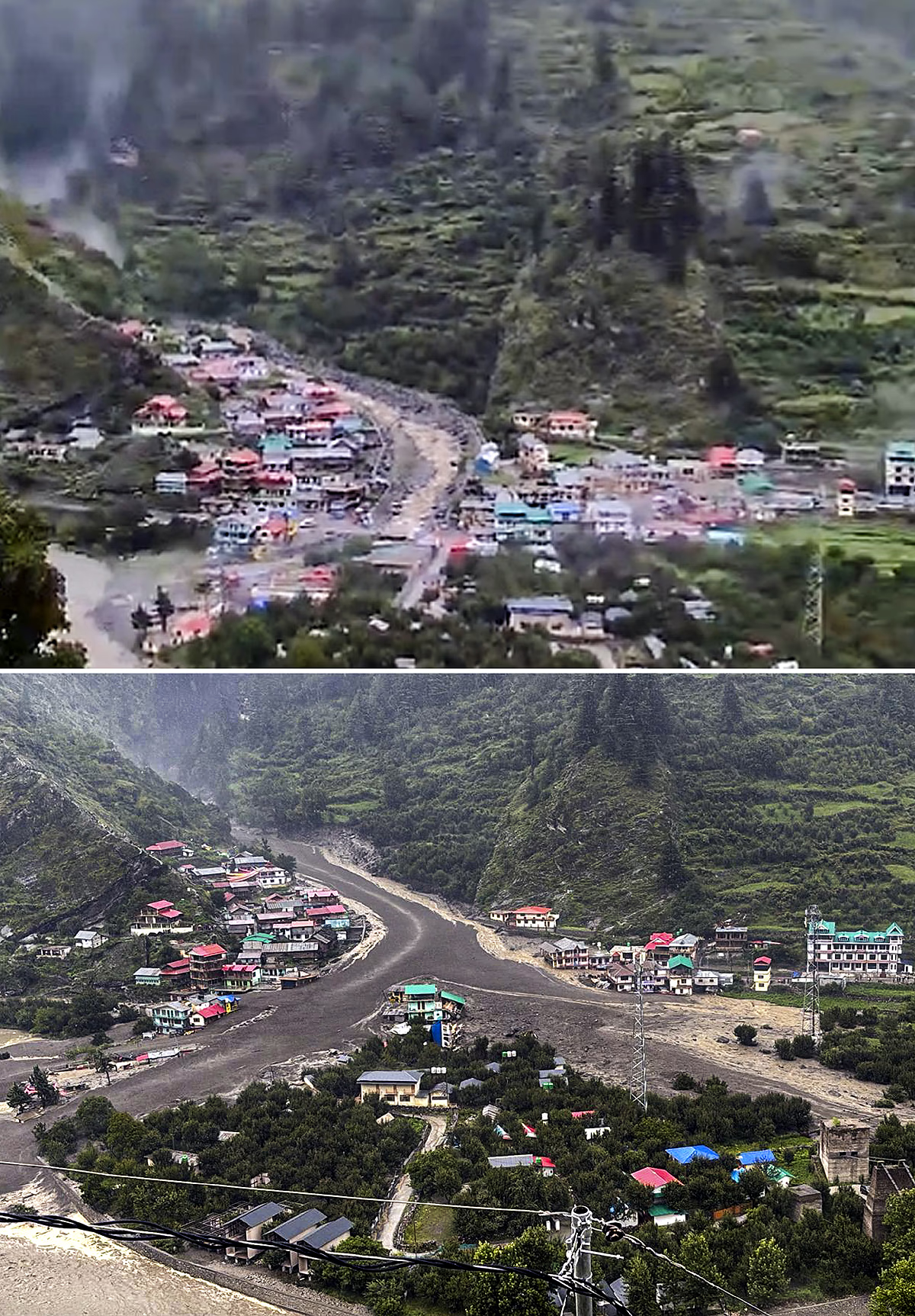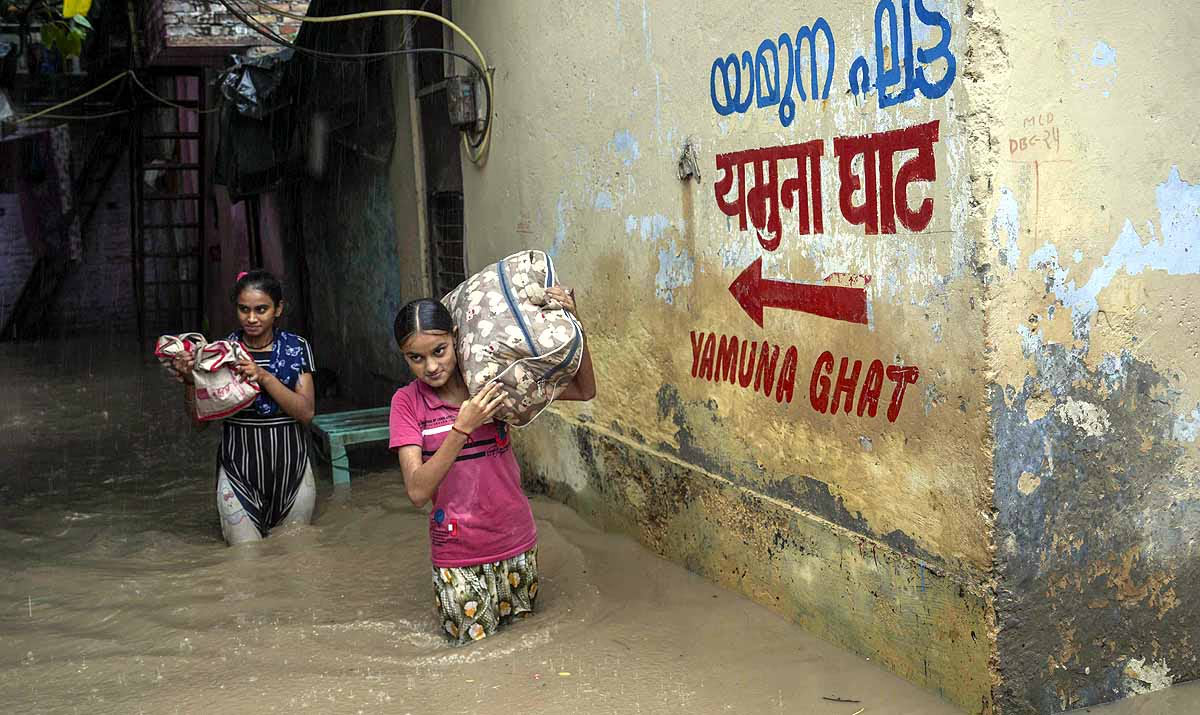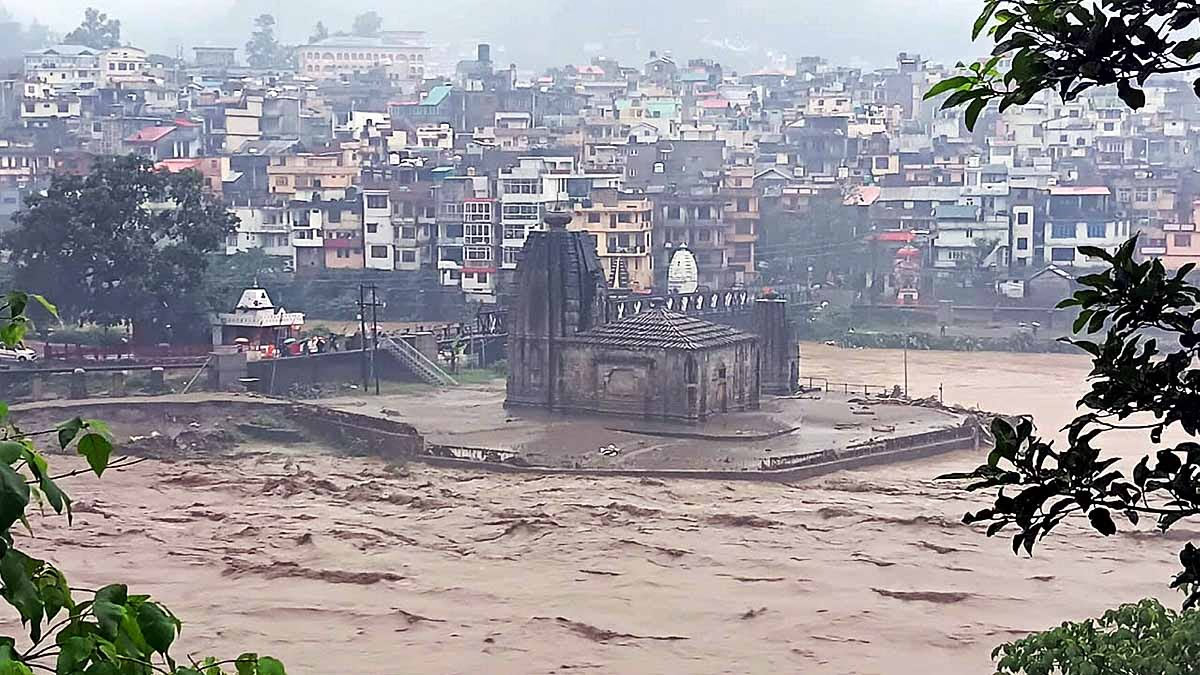Weather in India has taken a drastic turn. In the first nine months of 2025, out of a total of 273 days, India faced extreme weather events on 270 days. This means for nearly 99% of the year, the nation was gripped by heatwaves, cold waves, storms, heavy rains, floods, landslides, or lightning strikes.
This revelation comes from a new report by the Centre for Science and Environment (CSE) and Down To Earth titled 'Climate India 2025.' It highlights that extreme weather has now spread across the entire nation, affecting all 36 states and union territories—an unprecedented event in the last four years. Deaths have risen by 48%, with 4,064 people losing their lives in 2025.
Read more: Climate Change Impact... Monsoon 2025 Leaves Half of India Drenched

Source: aajtak
Himachal Pradesh: 217 days (most affected) – flooding and landslides.
Kerala: 147 days – heavy rains and floods.
Madhya Pradesh: 144 days – heatwaves and floods.
North-West India (Chandigarh, Delhi, Haryana, Himachal, Jammu & Kashmir, Ladakh, Punjab, Rajasthan, Uttar Pradesh, Uttarakhand) faced extreme weather for 257 days.
From February to September, 30 states recorded extreme events every month for eight consecutive months. Each day from February to September, somewhere in the country, such events were documented.
Read more: Could Climate Change My End Tea Cultivation? Assam Gardens Already Show Signs
According to the United Nations' IPCC, extreme weather refers to events that are significantly different and dangerous compared to the usual. The India Meteorological Department (IMD) defines them as follows...
Very heavy rain: Exceeds 12-20 cm in 24 hours.
Heatwaves: Temperatures above 40-45 degrees Celsius.
Cold waves: Severe cold snaps.
Cyclones, floods, landslides, hailstorms, thunderstorms, lightning, etc.
These definitions appear in IMD's website Climate Hazards and Vulnerability Atlas of India, launched in 2022.

Source: aajtak
Why is extreme weather increasing? Scientists blame human activities that alter the climate. Here's why, in simple terms...
Greenhouse Gases and Global Warming:
Burning coal, petrol, and diesel releases gases like CO2 and methane. These trap the sun’s heat, preventing it from escaping the Earth—a process known as the greenhouse effect. In 2024-25, CO2 levels surged like never before since 1957, raising the planet's temperature by 1.1-1.5 degrees. This made heatwaves 30 times more likely. A third of heatwaves in India during 2024 stemmed from climate change.
Warming Oceans and Increased Humidity:
The Indian Ocean is warming rapidly, leading to more evaporation, heavy clouds, and consequently, heavier rainfall. This causes floods and landslides, as seen in Kerala and Himachal Pradesh.
Read more:
Weakened Jet Stream:
The Arctic is warming quickly, weakening powerful air currents known as jet streams. Weather patterns, which used to change quickly, now linger in one place—such as prolonged heatwaves or continuous rain.
Urbanization and Land Use Change:
The concrete jungles of cities create a ‘heat island’ effect, making urban areas 5-7 degrees warmer than rural areas. Deforestation reduces natural cooling. Aerosol and land changes increase flood risks.

Source: aajtak
Increasing Impact of El Niño:
Natural cycles like El Niño have intensified due to climate change, disrupting the monsoon. This increases both droughts and floods.
These factors exacerbate compound events, where multiple disasters occur simultaneously. In India, 71% of people associate heatwaves with climate change.
Floods, droughts, and heatwaves will rise.
Crops will fail, leading to food shortages.
Diseases (dengue, malaria) will spread.
Himalayan glaciers will melt – initially causing floods, later water scarcity.
The report advises cutting CO2 emissions—abandon coal, boost solar and wind energy, and plant trees. Each state should create its climate plan. Cities should enhance greenery. This report is a warning—extreme weather is now a part of everyday life. If we do not act now, the coming years will be dreadful.




